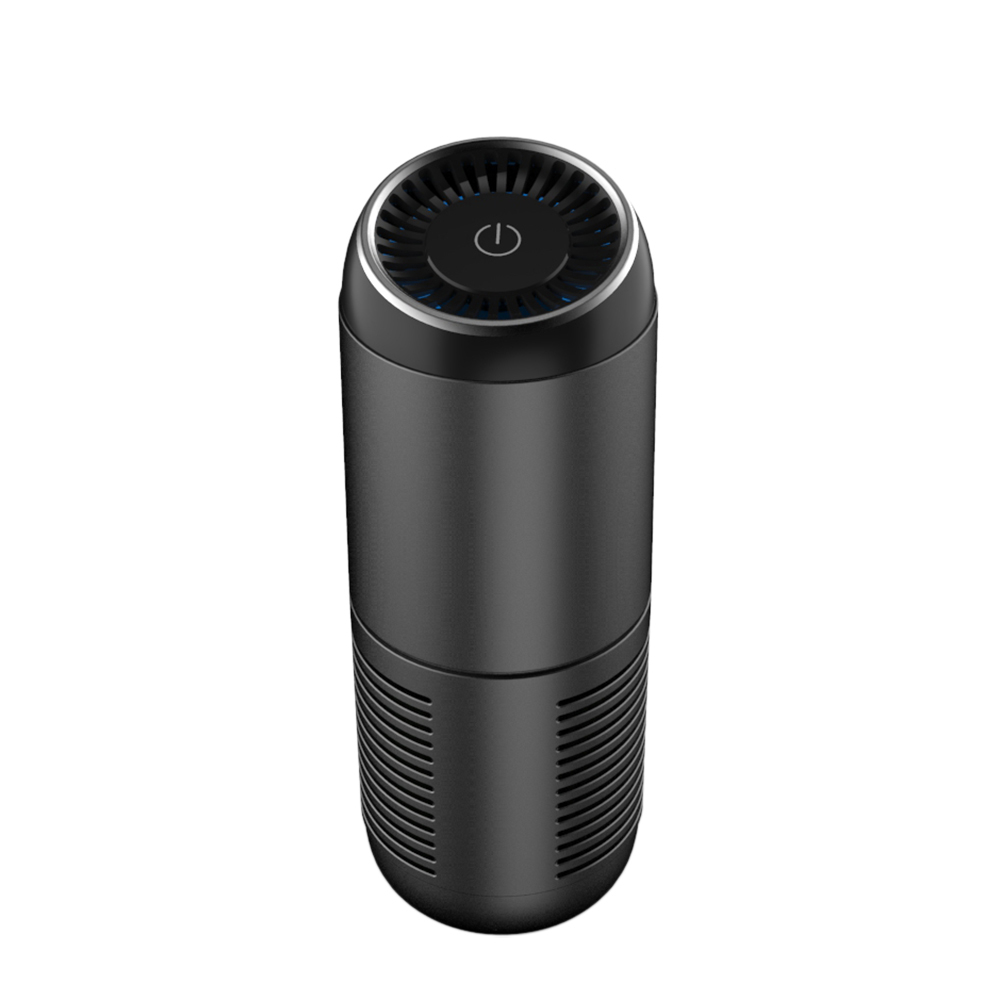CREATIVITY CHANGES YOUR LIFE
 Tel: +86 0755-84870739
Tel: +86 0755-84870739
 Email: info@nexhc.com
Email: info@nexhc.com
CREATIVITY CHANGES YOUR LIFE
 Tel: +86 0755-84870739
Tel: +86 0755-84870739
 Email: info@nexhc.com
Email: info@nexhc.com
Company news | Industry news | Exhibitions and events | Optimization dedicated | aromatherapy diffuser |
source:Industry news release time:2022-02-21 Hits: Popular:aromatherapy diffuser direct sales

The harm of haze to people's lungs and health is well known. People are eager to breathe fresh air, which has led to another round of rise of the air purification market.
However, what are the purification methods of the air purifier?
It is reported that according to the occurrence principle of air purifier, the traditional purification methods mainly include physical method, electrostatic adsorption method and chemical purification. It is described in detail below!
· Adsorptive filtration - activated carbon
1. Activated carbon is a porous material containing carbon. It has a highly developed pore structure. The porous structure of activated carbon provides it with a large surface area and can be in full contact with gas (impurities), which endows it with unique adsorption performance and makes it very easy to absorb and collect impurities. Like magnetic force, all molecules have mutual attraction. Such as bamboo charcoal products popular in the market.
Disadvantages: ordinary activated carbon can not adsorb all toxic gases, which is inefficient and easy to desorb.
2. Mechanical filtration - HEPA filter element
HEPA is a filter element that meets the HEPA standard. The effective rate for 0.3 micron is 99.999%. The characteristic of HEPA net is that air can pass through, but small particles cannot pass through. HEPA filter element is composed of a stack of continuous front and back folded sub glass fiber membranes, forming wavy gaskets to place and support the filter interface.
Disadvantages: the filter element needs to be cleaned or renewed regularly, which has a certain hidden cost.
·Electrostatic purification mode of air purifier
Working principle: the tungsten wire of electrostatic precipitator continuously releases high-voltage static electricity, so that the dust and bacteria coming in with the air are positively charged, and then adsorbed by the negative electrode plate. It can filter dust and smoke smaller than cells.
Advantages: it is easy to use. After one or two weeks of use, it can wash out dirty water and reduce secondary pollution. It does not need to replace expensive materials and can be electrostatically sterilized. Static tungsten wire releases 6000V high-voltage static electricity and instantly kills bacteria, viruses and pollen. It is extremely effective in eliminating colds and various infectious diseases.
Disadvantages: after power failure, the dust adsorbed on the electrode will release and cause secondary pollution, so the electrode plate needs to be cleaned regularly.
·Chemical purification mode of air purifier
1. Formaldehyde scavenger
Working principle: it adopts chemical substances to react with formaldehyde to achieve the purpose of removing formaldehyde.
(1) Chemical reaction: chemical reaction with formaldehyde to produce carbon dioxide and water, such as ammonia;
(2) Biology: it is made of biological agents that can react with formaldehyde, such as urea, soybean protein, amino acids, etc;
(3) Plants: made of plant extracts, such as aloe, tea extract, etc;
(4) Closed type: it is made of film-forming materials to form a film to prevent the release of formaldehyde, such as chitosan, liquid paraffin, etc;
Disadvantages: first, the substances generated after chemical reaction are likely to bring secondary pollution. In practice, the phenomenon of secondary detection exceeding the standard often occurs. In addition, on the basis of not changing the chemical composition, absorb formaldehyde and reduce the content of formaldehyde in the air. However, in this way, it is easy to release formaldehyde again.
2.Pharmaceutical, catalytic method - cold catalyst essence
Working principle: cold catalyst, also known as natural catalyst, is another new type of air purification material after photocatalyst deodorization air purification material. It can catalyze reaction at room temperature, decompose a variety of harmful odorous gases into harmless and tasteless substances at room temperature and pressure, change from simple physical adsorption to chemical adsorption, decompose while adsorption, and remove formaldehyde, benzene, xylene Toluene, TVOV and other harmful gases generate water and carbon dioxide. In the catalytic reaction process, the cold catalyst itself does not directly participate in the reaction. After the reaction, the cold catalyst does not change or lose, and plays a role for a long time. The cold catalyst itself is non-toxic, non corrosive and non combustible. The reaction products are water and carbon dioxide, which does not produce secondary pollution and greatly prolongs the service life of the adsorption material.
Read recommendations:
A25 aroma diffuser.essential diffuser
Which air purifier is more effective? Teach you to understand "three highs and one low"
Portable neck fan precautions and safety hazards
NextWhat do you see when choosing a small heater?mini fan heater
Popular recommendation
J9 usb humidifier
2021-09-14TS01
2022-02-17J1 water humidifier Air Humidifier
2021-09-14F19 Cooling Fan
2021-09-14L05 Night Light
2021-09-14What is the difference between aromatherapy essential oil and Massage Essential Oil
2022-05-25How to choose an air purifier.air purifier covid
2022-04-11How much do you know about purchasing common sense of air purifier?portable air purifier wholesaler
2021-11-08How to distinguish between good and bad air purifiers?
2022-04-06Talk about the most important filter when we buy an air purifier.Home air purifier sales
2021-12-24Does the humidifier emit radiation
2024-09-28Is using a humidifier at home harmful to the body?
2024-09-09How long does a dehumidifier usually run per day?
2024-09-09Humidifier classification
2024-08-24Humidifiers nourish daily life
2024-08-17Common classification methods for humidifiers
2024-08-10How to dehumidify with a dehumidifier
2024-07-22Working process of dehumidifier
2024-07-22High pressure micro fog humidifier for air conditioning unit
2024-07-13What are the possible reasons why humidifiers do not produce fog
2024-07-08Contact the following for inquiries regarding our services and products.
